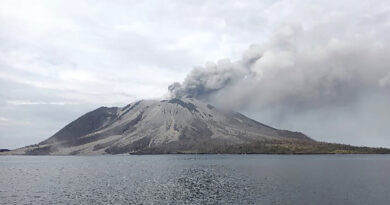CEO of Mining Company Urges Australia to Construct the Largest Solar Farm in the World
Dino Otranto suggests that Australia should utilize its vast uninhabited outback to construct the world’s largest solar farm.
If given a magic wand, the CEO of mining company Fortescue would opt to build the world’s largest solar and wind farm.
During the International Mining and Resources Conference, Dino Otranto expressed his belief that such a project could create a new industry by transforming commodities into downstream products, meeting the global market’s high demand. “With a small population and large land mass, we need to embrace technological advancements,” Otranto emphasized.
He proposed harnessing automation and robotics, similar to Australia’s pioneering efforts, to construct a massive solar and wind farm with minimal labor requirements. However, he clarified that this approach would not result in fewer jobs but rather in increased prosperity.
The necessary expertise and workforce are readily available among Australians currently engaged in similar projects abroad. Otranto pointed out, “Many Australians around the world are already involved in these initiatives. Providing them with opportunities in Australia would attract them back.”
Opportunities for Australia
Otranto highlighted that when he left Australia two decades ago, the country ranked fourth globally in terms of productivity.
Returning to find Australia now in the 19th position, he emphasized the need for collaboration within the industry to regain lost productivity levels. He stressed the importance of strategic partnerships between the government and industry, a recurring theme at the conference.
Otranto underscored the pivotal role of energy costs in initiating industrial revolutions, citing examples from various regions. He urged the need for Australia to address its energy costs and leverage its manufacturing capabilities to compete on a global scale.
Fortescue aims to achieve “real zero” emissions by 2030, signaling a commitment to eliminate hydrocarbons from its operations. While the company has adjusted its plans for marine hydrogen transition, Otranto clarified that this decision reflects a strategic re-evaluation rather than a change in direction.
He emphasized the importance of securing a stable supply of green electrons before exploring opportunities for hydrogen, green ammonia, green fertilizers, and other sustainable solutions. Otranto concluded by urging Australia to seize the current opportunities and not let them slip away to other global competitors.



